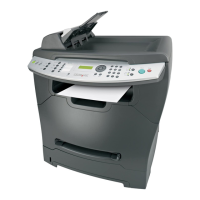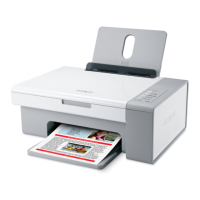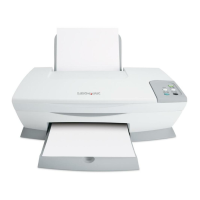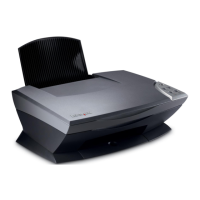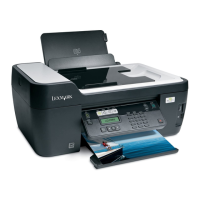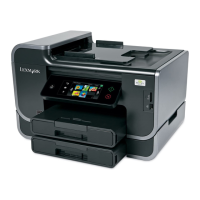Pick The mechanical action the printer performs to remove one sheet of material from
the tray.
Pick roller The roller that assists in picking a sheet of material from the tray.
Pull strength See “Release” on page 176.
Release The ability of adhesive to resist label peeling during the printing process.
Rollback The lifting of labels from the backing during the printing process. Also known as
butterflying.
Roll‑over Bending of the paper edge during conversion due to a dull cutting knife.
Semi‑liquid Having characteristics of both liquid and solid.
Shear strength Cohesive strength of the adhesive.
Shelf talkers Small signs that hang over or next to a regular shelf label. Shelf talkers may be
constructed of a pressure‑sensitive material or card stock.
Sizing Additives applied to paper (internally or externally) that improve offset printing
qualities and resistance to liquids.
Skew Slant of printed lines in reference to the edge of the paper; due to paper moving
through the printer in something other than a straight path.
Smoothness The degree of smoothness of the print material. If the paper is too rough, the
toner does not fuse to the paper properly, resulting in poor print quality. If the
paper is too smooth, it can cause paper feeding problems in the printer.
Smoothness is measured in Sheffield points; lower values indicate smoother
paper.
Splatter The appearance of black specks around a printed image. Generally related to
printing on stock that is too heavy or has a surface that repels toner.
Stacking How well the paper stacks in the output bin.
Stringers Small bits of adhesive found on top of a pressure‑sensitive material at the die‑cut
and perforated areas. Stringers are indications of a dull blade and are related to
the shear strength of the adhesive.
Stripped edge matrix Labels with a portion of the area around the outer edge of the cut sheet removed.
Supercalendering A process where paper passes through heated, polished steel and compressed
cotton rolls that "iron" the material to a high gloss, polished finish.
Talkers Printed or handwritten signs used to advertise specials or to draw attention to a
particular product.
Tenting The creasing of perforated material when it is flexed.
Thermography A printing process that raises the ink image or design above the surface of the
base material. Also known as electro
‑
thermography.
Ties Small areas along perforations or die‑cuts in the face material of a label
(pressure‑sensitive material), or in card stock, which are not cut through. Ties
help stabilize the form and prevent tearing at the perforations and die‑cuts.
Toner The material that adheres to the paper or print material to create the printed
image.
Total strip matrix Labels that have the unneeded portion of the die‑cut stock around the labels,
including a portion between the labels, removed to make it easier to peel labels
from the backing.
Glossary 176
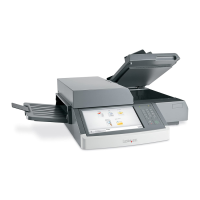
